Red light therapy, also known as low-level laser therapy or photobiomodulation, is becoming increasingly popular today. It maintains an impressive list of claimed benefits, ranging from reducing inflammation and improving skin health to enhancing recovery from various injuries and improving general well-being. With more people today wanting treatment methods that are natural and non-invasive, RLT is starting to provide a promising alternative for those who want to improve skin conditions, alleviate pain, or simply enhance their wellness routine.
Despite its popularity and generally safe profile, it is important to acknowledge that excessive and inappropriate administration of red light therapy may result in side effects. Like all other therapeutic interventions, RLT must be applied correctly in order for the users to benefit from it without adverse reactions.
This article will highlight the possible problems that could result from the overuse of red light therapy. Appropriate information and a cautious attitude will allow you to enjoy the therapeutic advantages of red light therapy while limiting the potential side effects.
Potential Side Effects of Excessive Red Light Therapy
Skin-Related Side Effects
Redness and Irritation
The most frequent and mild side effects of red light therapy are redness and irritation, often resembling mild sunburn. This usually occurs during initial treatments and may fade away quickly. Most users can attest that this usually resolves on its own within a few hours to a day. If the redness persists or worsens, it is recommended that the treatment sessions be lessened or the power of the treatment.

Burning
Burning can result when the level of the light intensity is too high or if the user is too close to the light source. It is very important to follow the procedures indicated by the manufacturer's recommendation regarding the distance and the time taken for treatment. In cases of discomfort during your course, immediately adjust the settings. People with sensitive skin have to start off with less intense and longer-distance approaches to reduce the risk of a burn.
Blistering
Though rare, extreme overexposure to red light therapy could result in blistering. If you notice any blistering, it will be important to stop the treatment and get medical advice, as this means your skin is damaged and requires appropriate care to avoid further complications.
Pigmentation Changes
Some users also experience some temporary pigmentation changes, such as darkening or lightening of the skin. Such occurrences are not very common but can occur, especially with excessive use over time. These usually settle in with time, but if they persist, consultation with a dermatologist is advisable.
Eye-Related Side Effects
Irritation and Dryness
Long and direct exposure to red light, especially at extreme intensities, irritates and dries out the eyes. Proper eye protection gear, including goggles designed for use during red light therapy, will help prevent this condition. The eyes are quite sensitive to concentrated light, so one always needs to take measures for eye safety.

Retinal Damage
Theoretically, the risk of retinal damage only occurs under conditions of improper use: long-continued, unprotected exposure to high-intensity red light is risky. Eye protection should always be present in treatment sessions to lessen the chances of this issue. In case you do not have any acute pain and discomfort, it doesn’t mean you will be safe for long-term exposure without protection, as it might cause chronic injuries.
Other Potential Side Effects
Headaches
Some users may experience light, temporary headaches following red light treatment. Overexposures, the use of high intensities, or even general sensitivity might be reasons contributing to this feeling. If this occurs, try to decrease either the treatment time or the power applied. In addition, it is possible to try to avoid this side effect by hydrating yourself before and after the treatment.

Sleep Disturbances
While RTL is known to enhance the quality of sleep, it is ironic that using it closer to bedtime would alter sleep patterns. This alteration could be because of the inhibition of melatonin, which occurs when one is exposed to strong light before going to bed. Therefore, in order to encourage better sleep, it is best to have a therapy session earlier than in the evening.
Hormonal Effects
There is a limited study focused on the hormonal influence of red light therapy. However, there could be some effects, especially for patients with hormonal disorders.. For individuals with hormonal disorders, it's best to consult with a medical professional before engaging in red light therapy to minimize any potential interactions or influences.
Pre-existing Condition Flare-Ups
Temporary flare-ups may be caused by red light therapy in the case of people suffering from certain skin disorders, such as rosacea or lupus. Patients are advised to consult a dermatologist before the commencement of therapy in case of skin and autoimmune disorders.
Minimizing Risks
Dosage and Duration
In order to mitigate the risks related to red light therapy, one must rigidly adhere to the manufacturer's recommendations concerning the irradiance dosage as well as the treatment time. Since recommendations may differ for various devices, it is important to follow the instructions tailored to your device to prevent overuse.
Individual Sensitivity
Start with shorter sessions and lower intensities and gradually increase them depending on how your body tolerates the therapy. Note how your skin and body react during and after a series of treatment sessions. If any side effects were to appear, consider moderation of your approach to find the most suitable regimen tailored to your individual needs.
Professional Consultation
Consult a healthcare professional before starting red light therapy, especially when you have chronic health conditions, are on any medication (especially phototherapy-related drugs), or if you are pregnant and lactating. They may help you determine whether this treatment is suitable for you and how to use it safely.

Summary
Red light therapy device has many advantages, including improving skin health, alleviating inflammation, and speeding wound healing. Still, it is essential to comprehend and control possible adverse effects to facilitate appropriate use. Risks can be mitigated by adhering to the red light therapy equipment manufacturer’s directives, beginning treatment at lower levels of intensity, and seeking medical attention whenever necessary.
To sum up, red light therapy is safe, but like any new treatment, it is vital to be aware of possible side effects and the right way to use it. Being proactive with full information will ensure complete benefits from this innovative therapy, protecting health and well-being.
References
- Glass G. E. (2021). Photobiomodulation: The Clinical Applications of Low-Level Light Therapy. Aesthetic Surgery Journal, 41(6), 723–738. https://doi.org/10.1093/asj/sjab025
- Jagdeo, J., Nguyen, J. K., Ho, D., Wang, E. B., Austin, E., Mamalis, A., Kaur, R., Kraeva, E., Schulman, J. M., Li, C. S., Hwang, S. T., Wun, T., Maverakis, E., & Isseroff, R. R. (2020). Safety of light-emitting diode-red light on human skin: Two randomized controlled trials. Journal of biophotonics, 13(3), e201960014. https://doi.org/10.1002/jbio.201960014











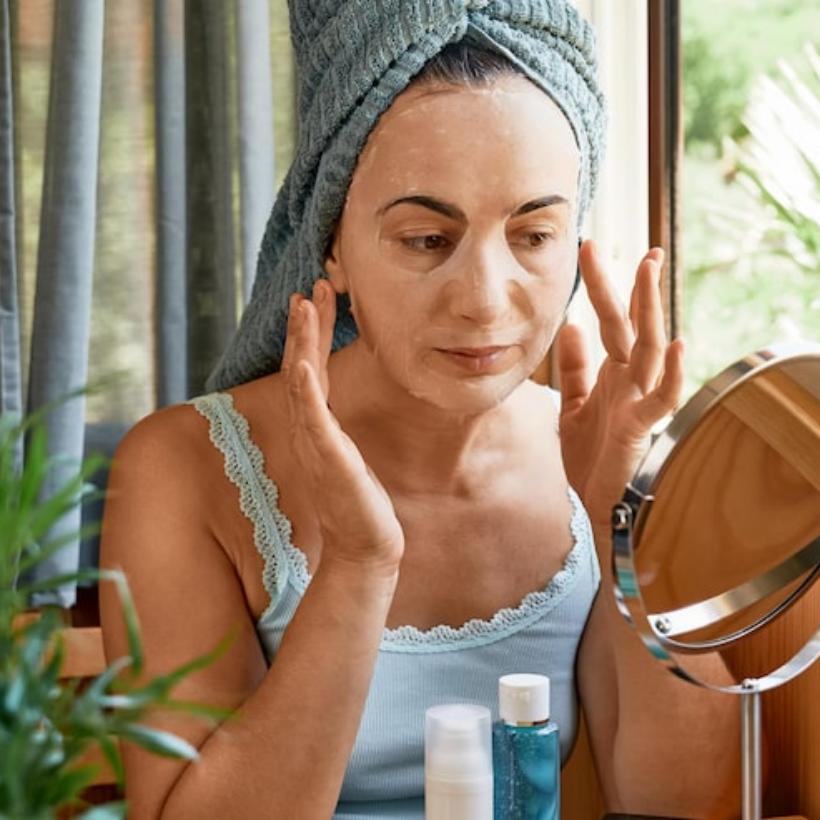

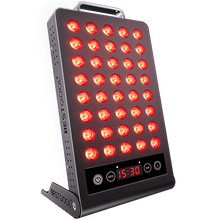
 Small
Small
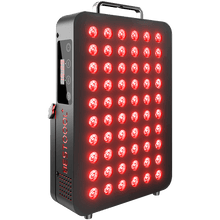
 Moderate
Moderate

 Moderate
Moderate
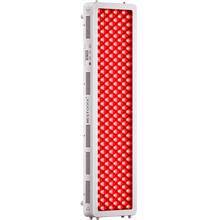
 Moderate
Moderate
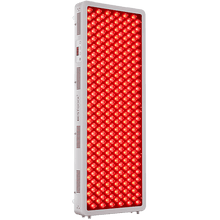
 Full
Full



